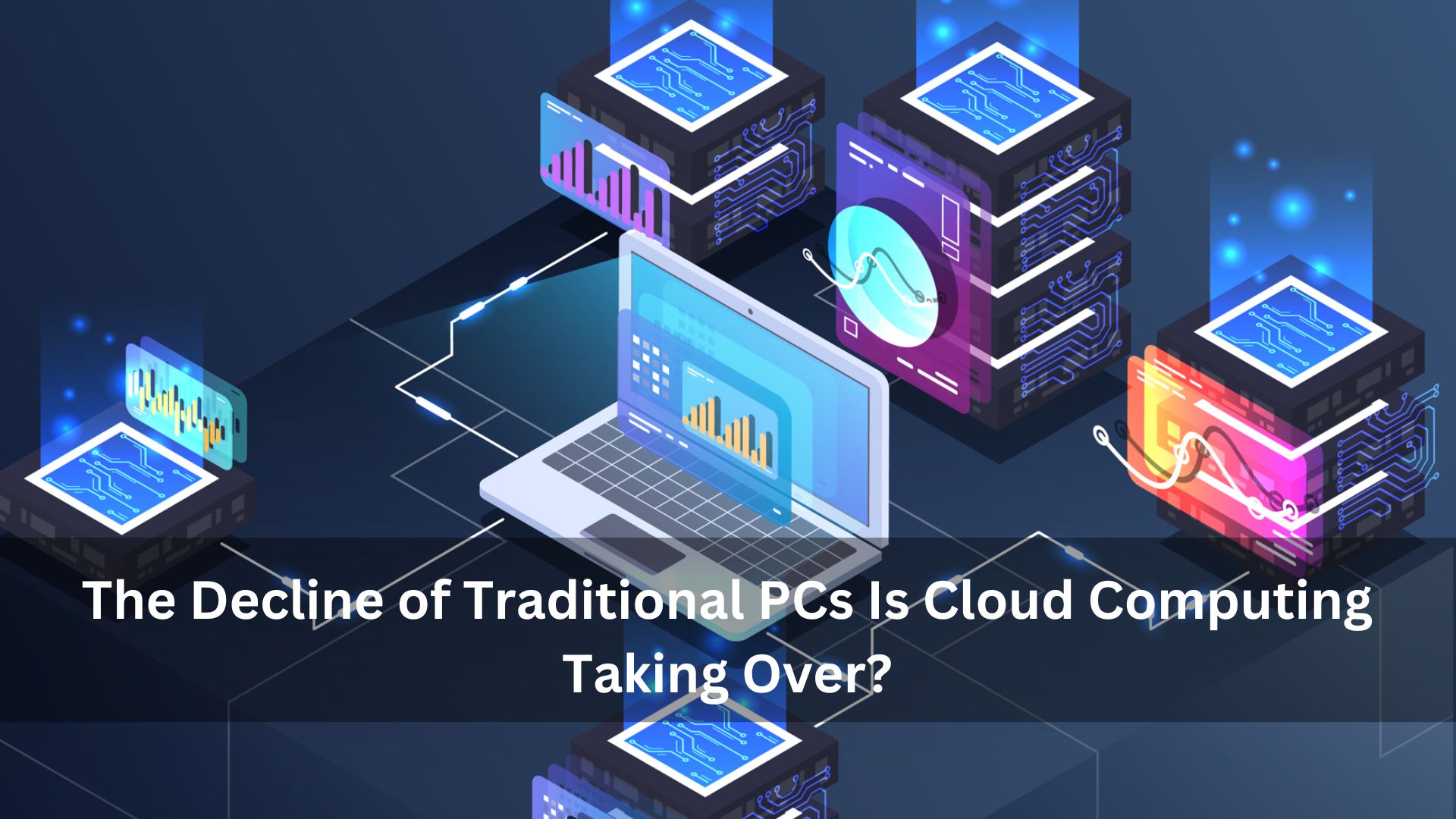Personal computers (PCs) have been central to work, gaming, and creativity for decades. However, with the rise of cloud computing, virtual desktops, and edge computing, traditional PCs are no longer the only option for users. Tech giants like Microsoft, Google, and Amazon are pushing cloud-based solutions that reduce dependence on powerful local hardware.
Does this signal the end of traditional PCs, or will they continue to play a crucial role in the future of computing?
The Shift Toward Cloud Computing
Cloud computing allows users to run applications and store data on remote servers instead of relying on local hardware. This shift is driven by:
- Software as a Service (SaaS) – Apps like Google Docs, Microsoft 365, and Adobe Creative Cloud run online, reducing the need for high-end PCs.
- Cloud Gaming – Platforms like NVIDIA GeForce Now, Xbox Cloud Gaming, and PlayStation Now let users play high-end games on low-spec devices.
- Virtual Desktops – Services like Windows 365 and Amazon WorkSpaces allow users to run a complete desktop environment from the cloud.
- Edge Computing & AI Processing – AI workloads are increasingly handled in the cloud rather than on local machines.
Why Traditional PCs Are Declining
The demand for robust, local hardware is decreasing due to several factors:
1. The Rise of Lightweight Devices
- Chromebooks and Cloud-Based Laptops: Affordable and optimized for web-based applications.
- Tablets and 2-in-1 Devices: iPads and Microsoft Surface offer PC-like functionality with greater portability.
2. Cloud-First Workflows
- Many businesses now rely on cloud storage (Google Drive, OneDrive, Dropbox) instead of local hard drives.
- Remote work has increased reliance on collaborative cloud-based apps.
3. Subscription-Based Software Replacing One-Time Purchases
- Users no longer need powerful machines to run software like Photoshop or Office, as these apps are accessible via cloud services.
Challenges of Cloud Computing Adoption
Despite its growth, cloud computing is not without challenges:
- Internet Dependency – A strong, stable connection is needed for smooth cloud performance.
- Data Privacy & Security Risks – Storing files on remote servers raises concerns about cybersecurity and data breaches.
- Subscription Fatigue – Many cloud services operate on a monthly fee model, increasing costs over time.
- Latency Issues – High-performance applications like video editing and gaming still perform best on local hardware.
Will Traditional PCs Disappear?
While cloud computing is becoming dominant, traditional PCs won’t disappear entirely. Instead, we’ll likely see:
- Hybrid Computing Models – A mix of local and cloud processing, allowing users to choose based on their needs.
- More Affordable, Streamlined PCs – Future PCs may focus on cloud compatibility rather than raw power.
- Edge Computing Growth – AI-powered edge devices could handle real-time processing, reducing reliance on remote servers.
Final Thoughts
Traditional PCs are evolving rather than disappearing. As cloud computing improves, more tasks will shift online, reducing the need for high-end local hardware. However, PCs will still be essential for specific users, especially in gaming, software development, and content creation.
The future may not be PC vs. Cloud but rather a seamless integration of both.
Would you like this expanded into a more detailed blog post?

